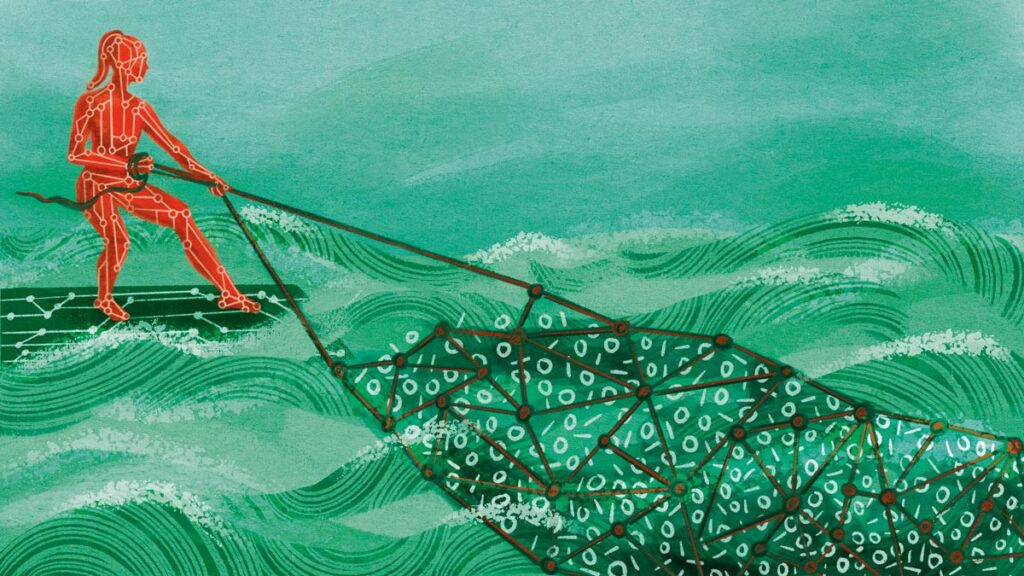
Big data for smarter policy decisions
Artificial intelligence (AI) and data science have a critical role to play in policy decisions around an array of topics, be it public health, smart cities, or sustainable development.

Artificial intelligence (AI) and data science have a critical role to play in policy decisions around an array of topics, be it public health, smart cities, or sustainable development.
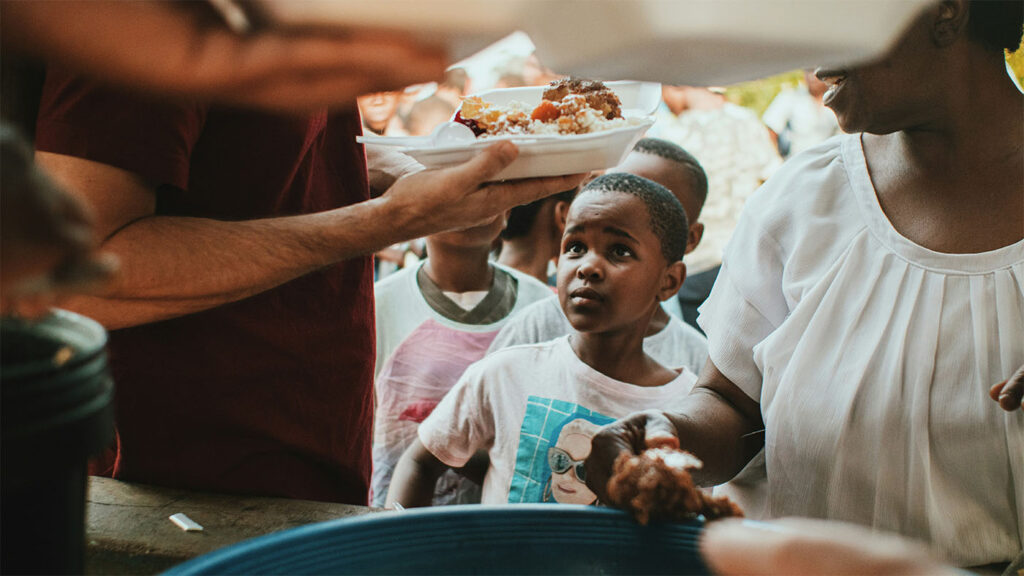
Despite important nutrition-related policy and programme improvements in South Africa, the rates of stunting among the country’s young children remain unacceptably high — much higher than in several other low- and middle-income nations. But stunting is not the only condition that points to a larger nutrition crisis. There are also rising numbers of children presenting as underweight or suffering from severe acute malnutrition.
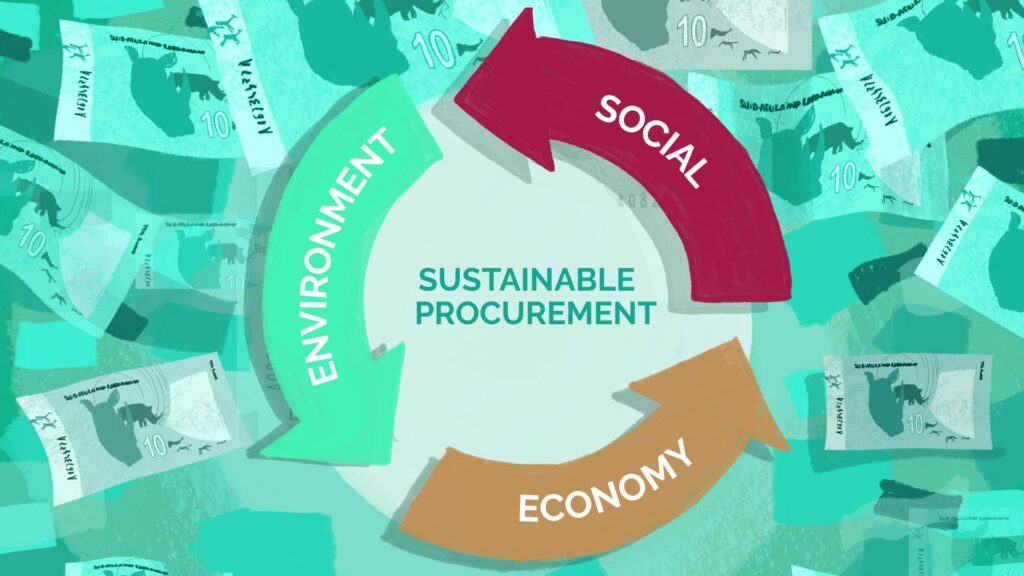
Public procurement is big business. Globally, governments spend around USD13 trillion on the procurement of goods and services each year. In South Africa, this government expense amounts to almost R1 trillion annually — around 12% of the country’s annual gross domestic product (GDP). According to Prof Geo Quinot of Stellenbosch University’s Department of Public Law, public procurement is the world’s single largest commercial activity: “The state is always the biggest market player.”
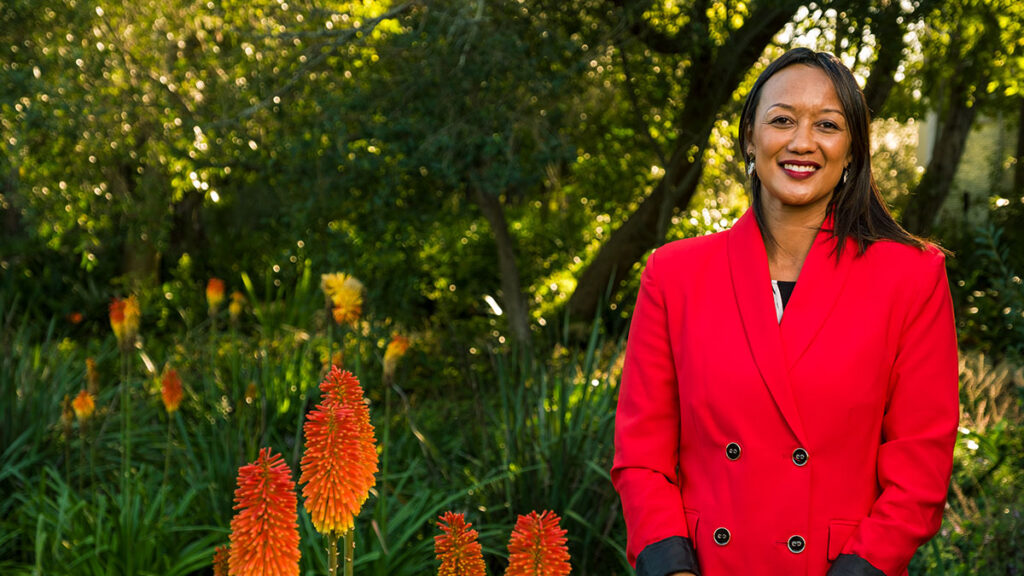
Prof Zsa-Zsa Boggenpoel specialises in property law, constitutional property law, and property theory. She believes that a more progressive reading of the law could solve many of South Africa’s challenges around a more equitable distribution of land rights. “I try to think of ways in which we can be more progressive in protecting marginalised groups, for instance. I want to unlock possibilities that have not been opened before. The law has the potential to do that, but we need to be more creative in the way that we see things,” she says.
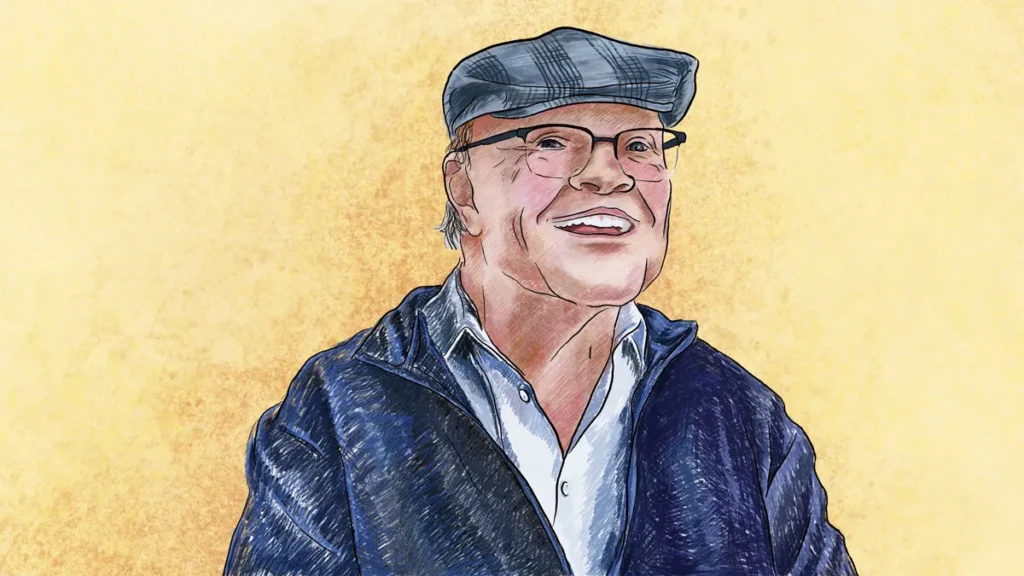
Understanding the twin scourge of poverty and inequality in South Africa, and figuring out how best to combat it constituted the main focus of Prof Servaas van der Berg’s initial studies and, later, his academic career. As a professional scholar, he views research as a powerful tool, yet takes care not to neglect another important implement in the academic’s toolbox: teaching.
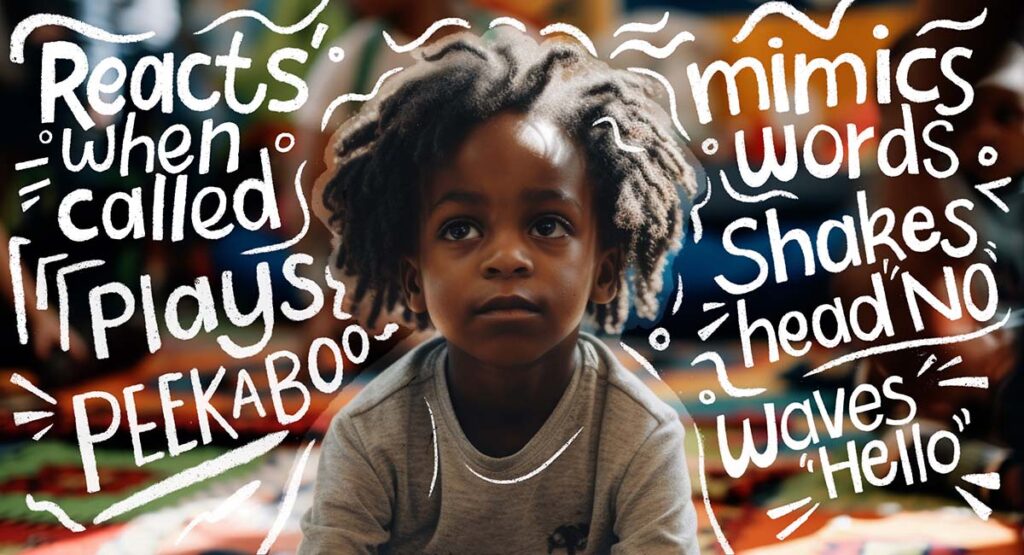
How do we know what they know, and don’t? Without a set of tools to determine what gestures and, later, words and grammatical structures children typically learn in the first 30 months of life, there is no reliable way to gauge any individual child’s language development. Until now, there has been a lack of reliable tools to measure language development in African languages.
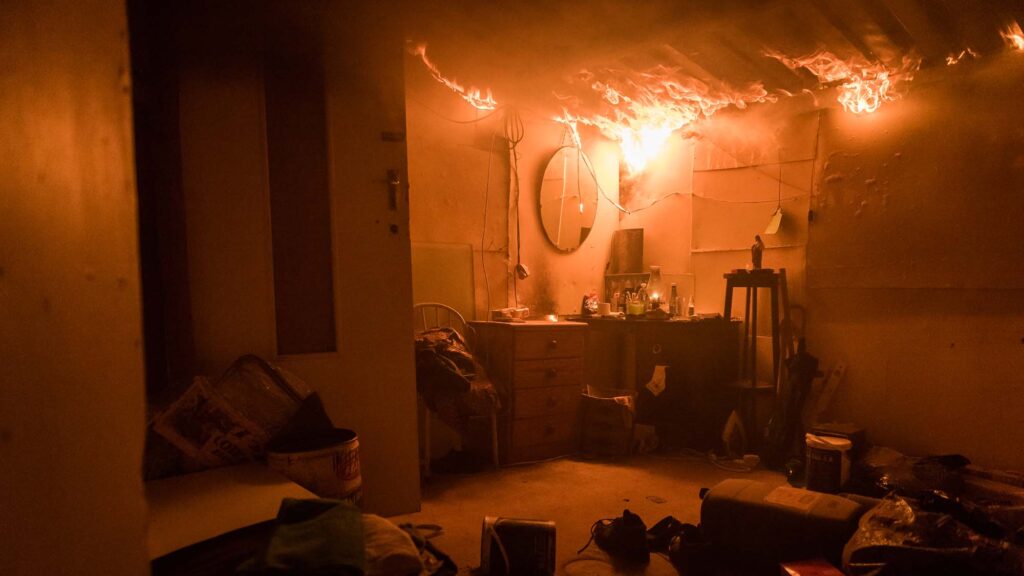
“As a society, we need to understand how fires spread if we are to prevent them from becoming total disasters,” says Prof Richard Walls, who heads up the fire engineering team at Stellenbosch University (SU). “Urban fires can be incredibly dangerous, particularly in informal settlements.” Established in SU’s Department of Civil Engineering, this group of researchers is helping train the next generation of fire safety experts.
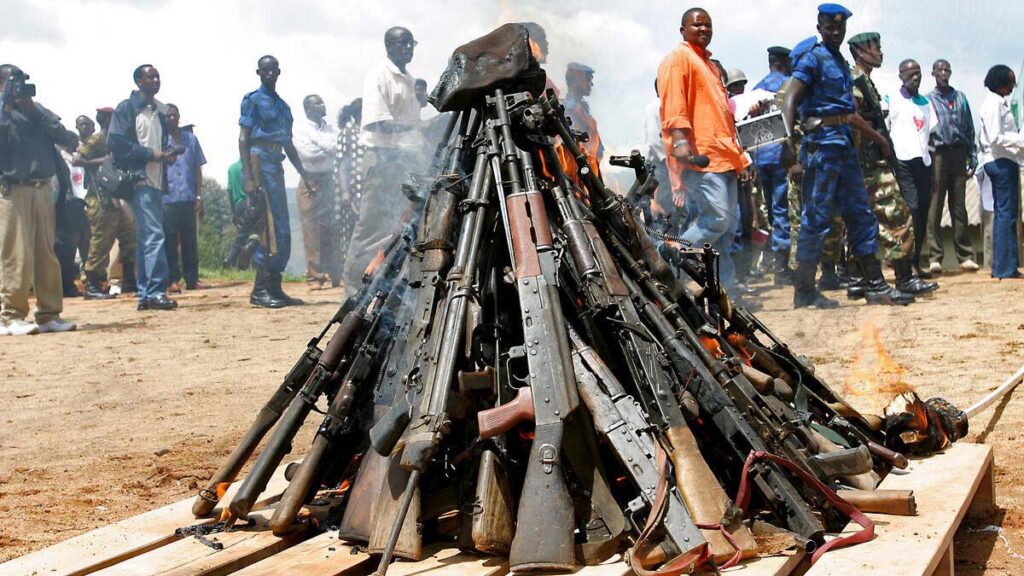
The question as to why certain disarmament programmes work while others don’t is the focus of DISARM, a project on the effect of disarmament on conflict recurrence. The project is a pivotal collaboration between Stellenbosch University and the Peace Research Institute Oslo. The project is the first systematic global study to look at what causes conflict recurrence after disarmament has taken place.
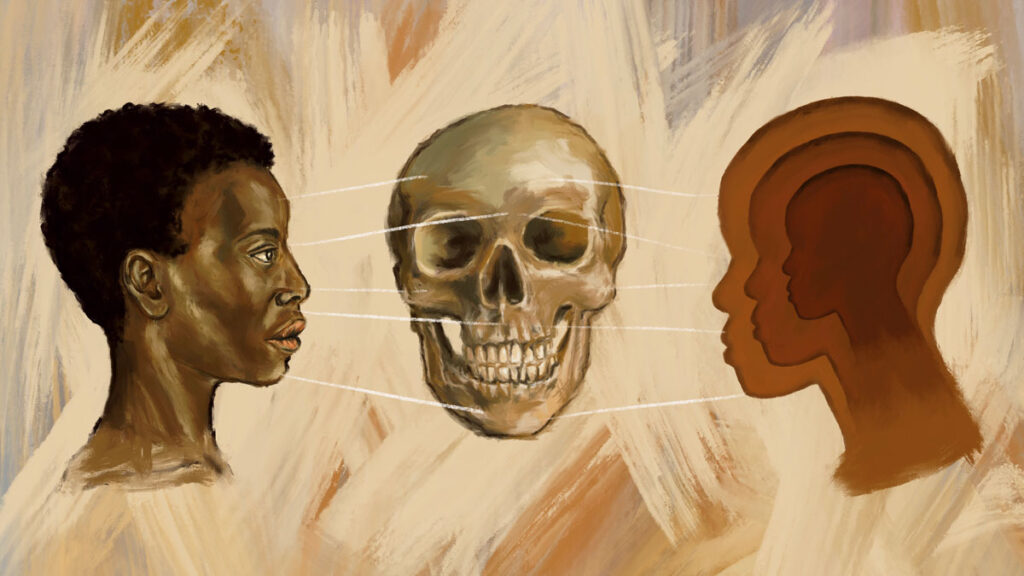
In her work on projects aimed at restoring personhood for missing and unidentified people of the past — both recent and ancient — Dr Kathryn Smith, Departmental Chair of Visual Arts at Stellenbosch University (SU), is unearthing shared histories and untold stories through art, science, and collaborative work.
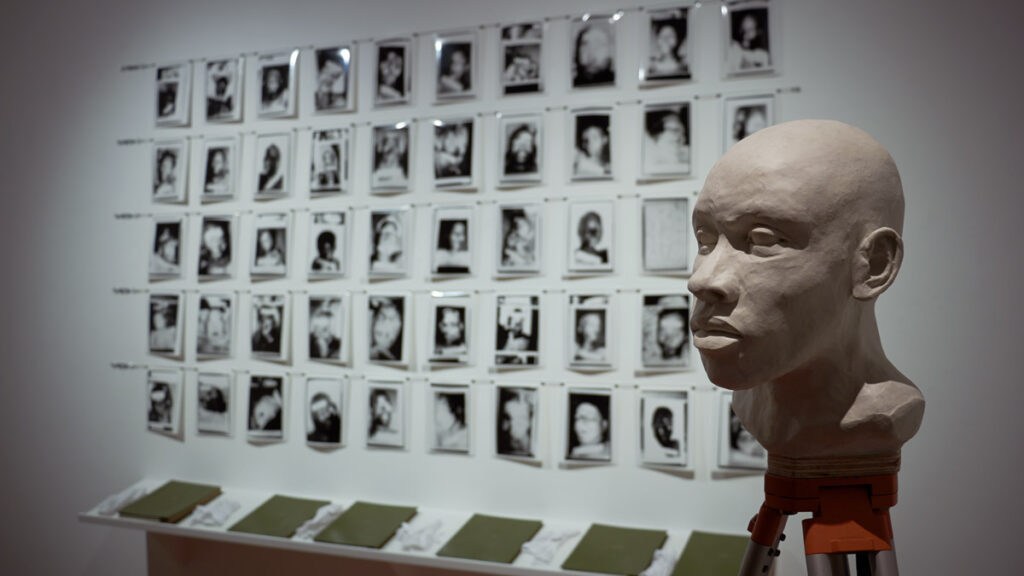
Stellenbosch University (SU) is the first tertiary institution in Africa to offer research and casework expertise in forensic facial imaging, a critical tool in human identification. VIZ.lab is an imaging laboratory based in SU’s Department of Visual Arts. The laboratory was launched by Dr Kathryn Smith — an interdisciplinary visual artist and curator — and Pearl Mamathuba, an academic researcher.